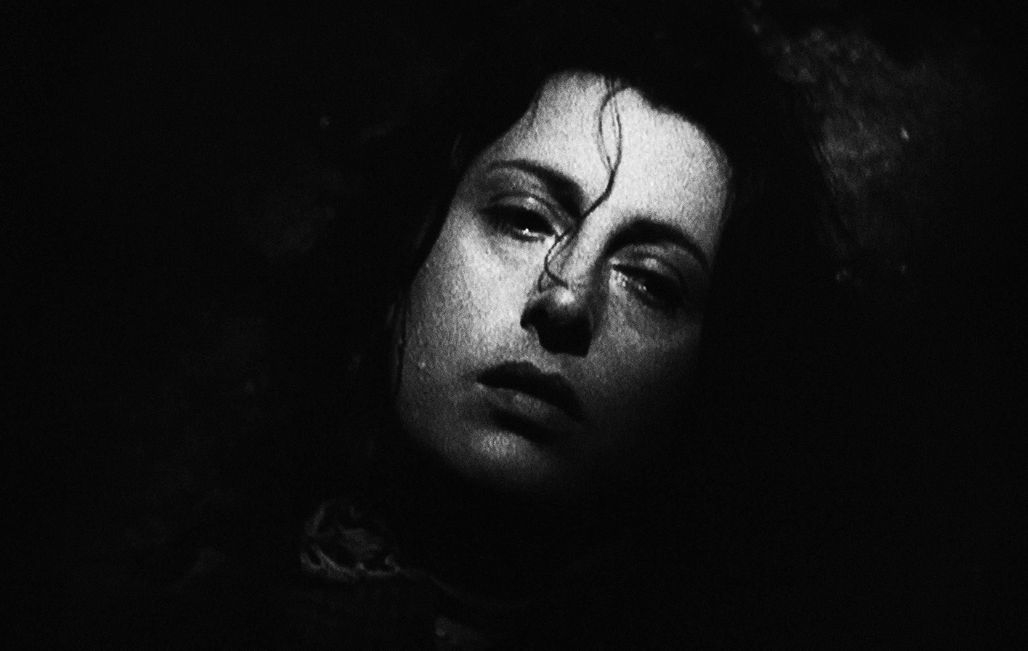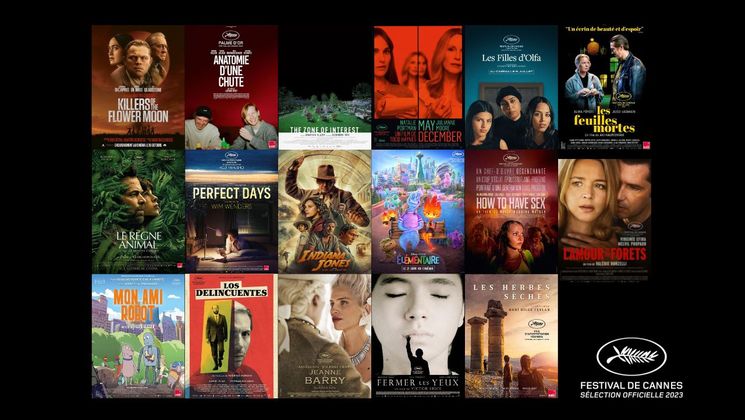
Anna Magnani, the trajectory of a liberated woman

In La Passione di Anna Magnani (The Passion of Anna Magnani), Enrico Cerasuolo decodes the personality of this icon of Italian cinema through her acting career. A fascinating documentary that reveals the soul of the woman who was the symbol of the golden age of Neorealism and who portrayed the role model of a liberated woman.
What led you to take an interest in Anna Magnani?
In 2011, I made a documentary on the history of unified Italy. To tell the story of 150 years in two hours, I had to be selective. From the very start, the death scene of the character played by Anna Magnani in Roma, Citta Aperta (Rome, Open City) struck me as an inescapable tipping point. I wanted to know more about her and try to understand what made her such a genius.
What was it about her that struck you?
The balance between her almost feral instinct and her technique, which was the fruit of a very long apprenticeship in the theatre. Neorealism used non-professional actors and she was like them, except that she also knew the craft. On stage, she had learned to take control of the scene, the other actors and the audience, making them laugh or cry whenever she wanted.
Where did her strength of character come from?
From her childhood. She never knew her father and she spent very little time with her mother. Her whole life and her career could be interpreted as a quest for love. This pain forces a child to find her place in the world. She had to learn to mistrust people, to develop a defensive instinct that served her well, but that also made her life more difficult.
What kind of actress was she?
She was always very aware of her character but also of the film. She made many suggestions that contributed to the story. In another time and another society, she could have been a director. On the other hand, she always remained a stage actress, who liked to sleep late in the morning and who needed energy to create. This is also the reason why the constraints of Hollywood productions did not suit her.
What was the turning point in her career?
Roma, Citta Aperta (Rome, Open City). Until she took this role, she was mostly seen as a comic actress. With this film, she became the icon of Neorealism. Paradoxically, winning the Oscar closed more doors than it opened for her, as she became locked in a stereotype.
Which of the directors she worked with had the most influence on her acting?
Roberto Rossellini. She said that she and Roberto spoke the same language and I think it was the language of curiosity about reality and about people. Beyond their love story, the relationship with Luchino Visconti was very strong and significant. He knew her very well and in Bellissima (Beautiful), he gave her all the creative freedom she needed.


